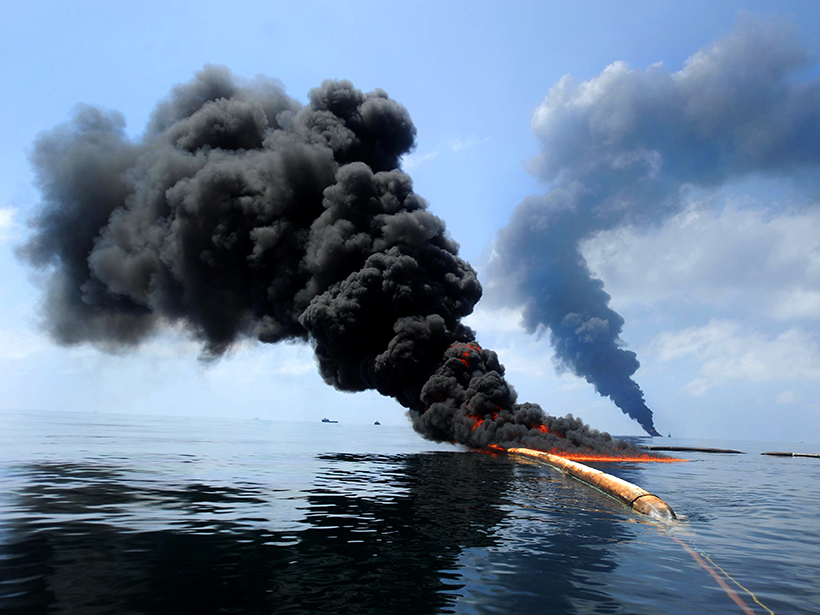A new study may explain how supposedly buoyant oil from the huge 2010 oil spill coated corals and other organisms on the ocean floor.
A. Coombs
Amy Coombs, a Summer 2016 editorial intern for Eos.org, is a Ph.D. student at the University of Chicago, where she studies economic and environmental history. She completed an M.S. from the Department of Forestry and Natural Resources and the Ecological Sciences and Engineering Interdisciplinary Graduate Program at Purdue University. Prior to graduate school, Amy worked as a science writer. Her work appeared in the San Francisco Chronicle, Nature Medicine, The Scientist, and PLOS Biology. Her radio work aired on the National Public Radio Hourly News Summary, Living on Earth, and Marketplace.

